The story of Ethel Cain is dark and tragic. Luckily, Ethel Cain is a character created by Hayden Anhedonia. Cain’s first album, Preachers Daughter, told the story of Ethel growing up, falling in love, running away, and getting murdered. Dark turn, I know. Was any part of Ethel’s life happy? In the song “House In Nebraska,” Ethel reminisces on her first love, Willoughby. Fans were immediately intrigued by the relationship that left Ethel haunted. Finally, Cain released the album cover and the lead single, “Nettles,” and announced that Willoughby Tucker, I’ll Always Love You would be released August 8, 2025.
After listening to the album all month, it’s safe to say I’m in love. The songs Cain creates are truly beautiful. Between Preachers Daughter and Willoughby Tucker, Cain released an album that was primarily drone and instrumental music. While it was not everyone’s favorite, I enjoyed it, which is why I loved the instrumental parts of this album. Another notable aspect of Cain’s writing is her song lengths. The shortest track is 4:44 minutes, while the longest is 15:15. Long songs are not for everyone, but I appreciate them. It takes a good song to hold my attention for 15 minutes, but Cain’s music does it. Even if you’re not a fan of long songs, I think everyone should listen to the full album. The songs are beautiful on their own, but the world building adds to the experience of listening to them. After all the time I have spent with these songs, I wanted to give my thoughts and interpretations about each track.
I also decided to exclude track three due to its mature topics.
“Janie”
The song “Janie” is a soft, mournful start to the album. Janie, the character, is Ethel’s one true friend through childhood. The song Janie introduces Ethel’s jealousy and fear of abandonment after Janie starts dating a boy. Some of my favorite lyrics, like, “Please don’t leave me, I’ll always need more,” and “I can see the end in the beginning of everything / And in it, you don’t want me,” set up Ethel’s insecurities that will be expanded on as the album progresses.
I also want to note the queer undernotes of this song that I picked up on. Ethel describes losing Janie like one would describe losing a lover. It is a common trope in queer, specifically sapphic, media to feel like you’re losing a best friend to a boyfriend. Many times, the characters never outright acknowledge that they are queer, but audiences that have gone through similar experiences feel seen by these stories.
Another thing to note is that Ethel, as seen on the rest of the tracks, is an unreliable narrator. It is completely possible that Ethel is projecting her fears and that Janie has not been acting differently towards Ethel.
All of the pieces of this song tie together the album, while getting the listener into the somber mood of the record.
“Willoughby’s Theme”
“Willoughby’s Theme” is one of the three instrumental tracks, which is something Cain regularly includes in her albums. Out of the three, I think it’s the most upbeat and hopeful, but with an underlying theme of apprehension. This is the point in the album where Ethel meets Willoughby and is starting to work out her feelings towards him. I think it fully encapsulates realizing you’re falling in love with someone and the anxiety that might surround that.
“Nettles”
“Nettles” is by far my favorite song on this album. There’s so much I could say about it, but I will stick to the most relevant points. Nettles are a plant that can cause a stinging rash upon contact, but they can also be used medicinally if prepared correctly. “Nettles” is the first track where Ethel and Willoughby are together, and it describes Ethel’s insecurities, anxieties, and projections. It is a love song with lyrics referencing fear and anxiety, demonstrating the complexity and pain of love.
Ethel describes how Willoughby comforted her fears: “Tell me all the time not to worry/ And think of all the time I’ll, I’ll have with you/ When I won’t wake up on my own.” To me, “Nettles” shows Ethel’s projections onto her relationship with Willoughby. To combat her fears, she is trying to convince herself that nothing is wrong, focusing on the comforting parts of Willoughby.
“Willoughby’s Interlude”
Even though it’s an interlude, I’ve listened to it so much. It’s so good. I drive around at night listening to this song just to feel something. It’s an eerie song that builds the anxiety and anticipation in the album. As the story progresses, the themes and sounds get darker. “Willoghbys Interlude” sets the tone perfectly, showing the anxieties from previous songs materializing into reality.
“Dust Bowl”
For me and many other fans, “Dust Bowl” was already a familiar track. It was originally set to be released on an earlier EP, but was saved instead. Fans have reuploaded it to apps like Bandcamp and YouTube, where I first heard it.
“Dust Bowl” describes the peak of Ethel and Willoughby’s relationship, with chilling, gritty lyrics that fit Ethel’s style. There are many lines that I think describe Ethel’s role in their relationship: “I knew it was love / When I rode home crying / Thinking of you [loving] other girls.”
A notable feature of the songs across the album is the foreshadowing of events – either in Willoughby Tucker or in Preacher’s Daughter. Ethel describes Willoughby as being “scared of the rain, by God,” which is important to keep in mind when listening to the end of the album. The mention of rain could be a literal weather event, but I also find weather to have a metaphorical layer in Cain’s writing.
I think as a song, “Dust Bowl” provides the most characterization for Willoughby, which gives the audience the context needed for the end of the album.
“A Knock At The Door”
The phrase “A Knock At The Door” most directly references a member of the army knocking on someone’s door with the news that they’re loved one has been killed in service. Death is a major theme in Ethel’s story, as she constantly worries about Willoughby’s death. She also acknowledges her potential to add strain on a relationship.
“Everything I’ve loved / I’ve loved it straight to death / So I’m still scared of that knock on the door.”
I love the way Cain uses death in her writing: a dramatic metaphor of losing someone. Ethel Cain’s life is just a story; however, the individual songs represent real experiences through these gory tales of trauma, cannibalism, and death. “A Knock At The Door” represents this metaphor of death. The anxiety of always fearing the end.
“Radio Towers”
I think the instrumental tracks exist to add atmosphere to the storyline at the theme’s shift. If I was to break the album into parts, “A Knock On The Door” would be the start of the end. “Radio Towers” serves to introduce the storm that was coming to Ethel and Willoughby’s town.

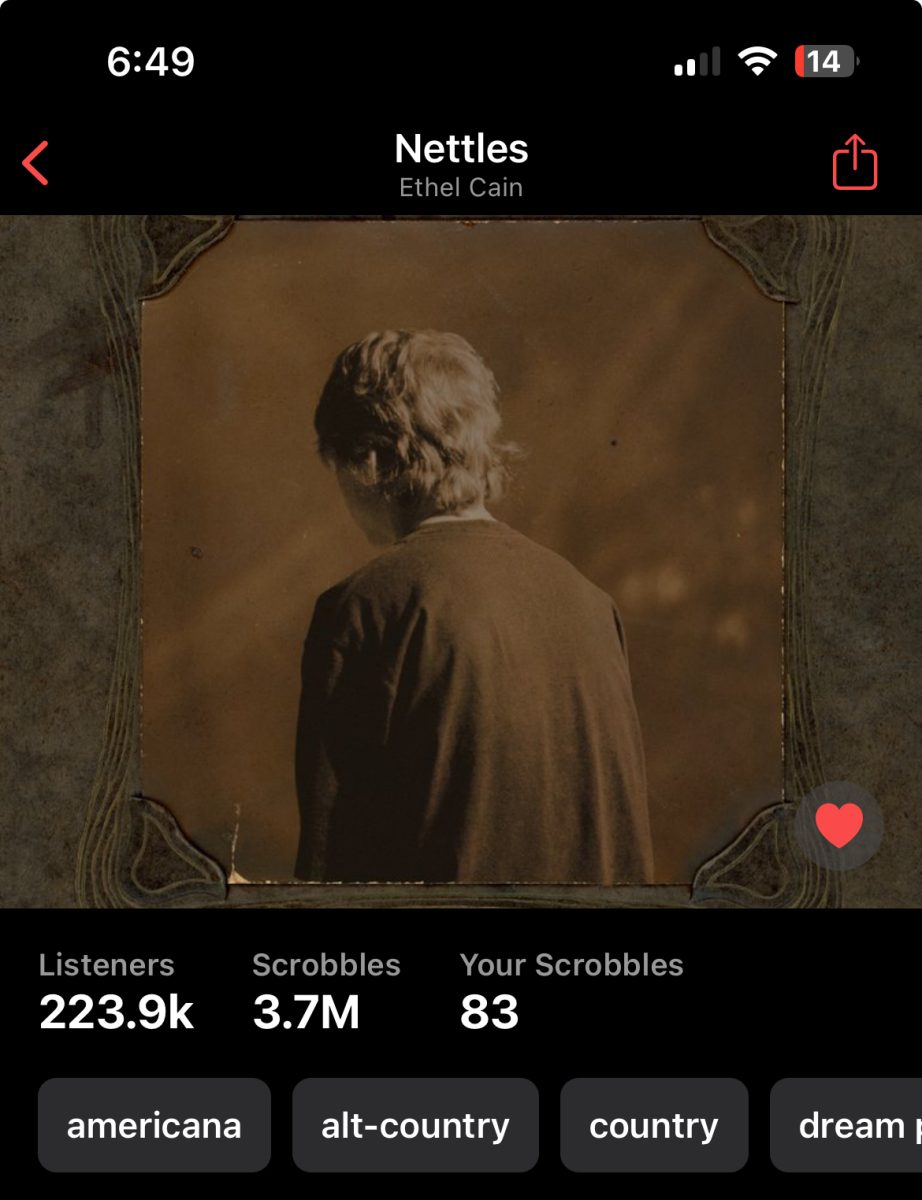

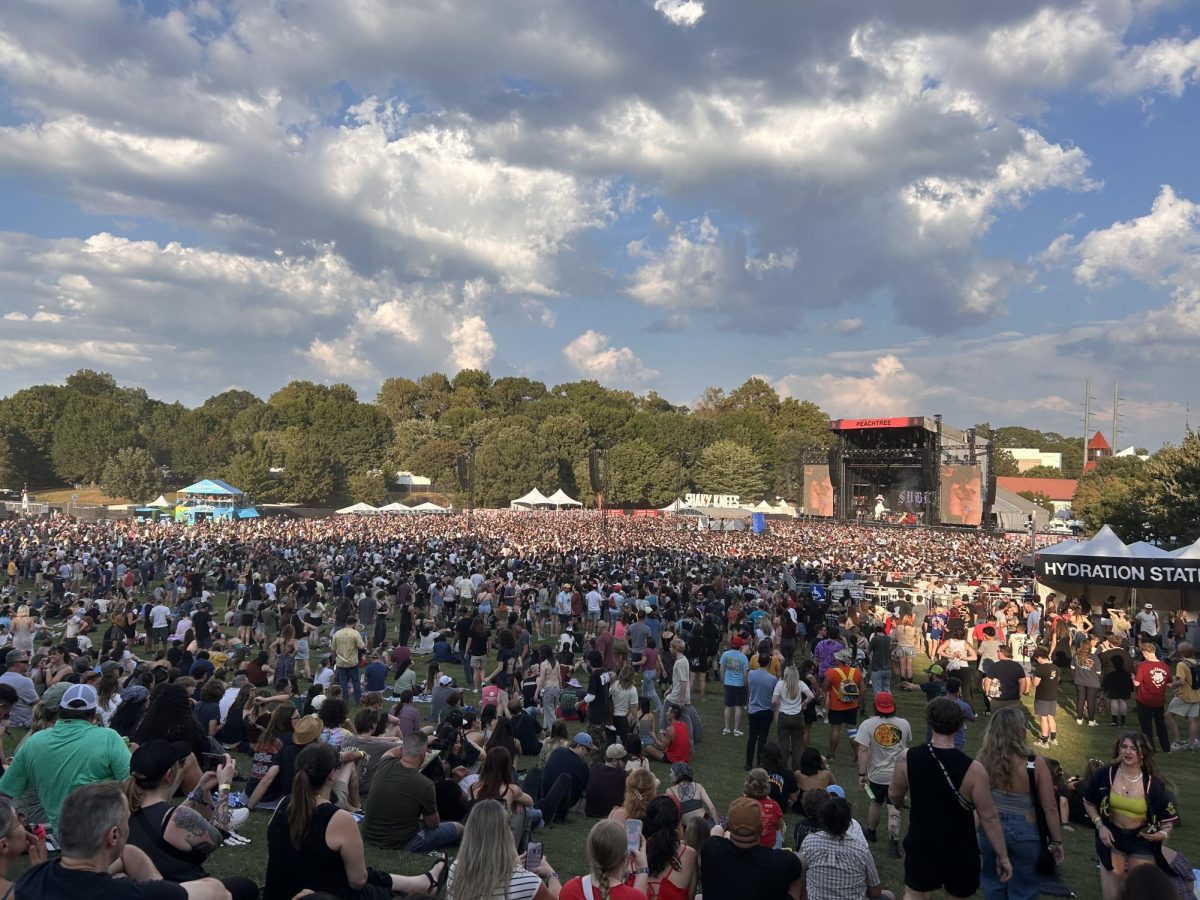
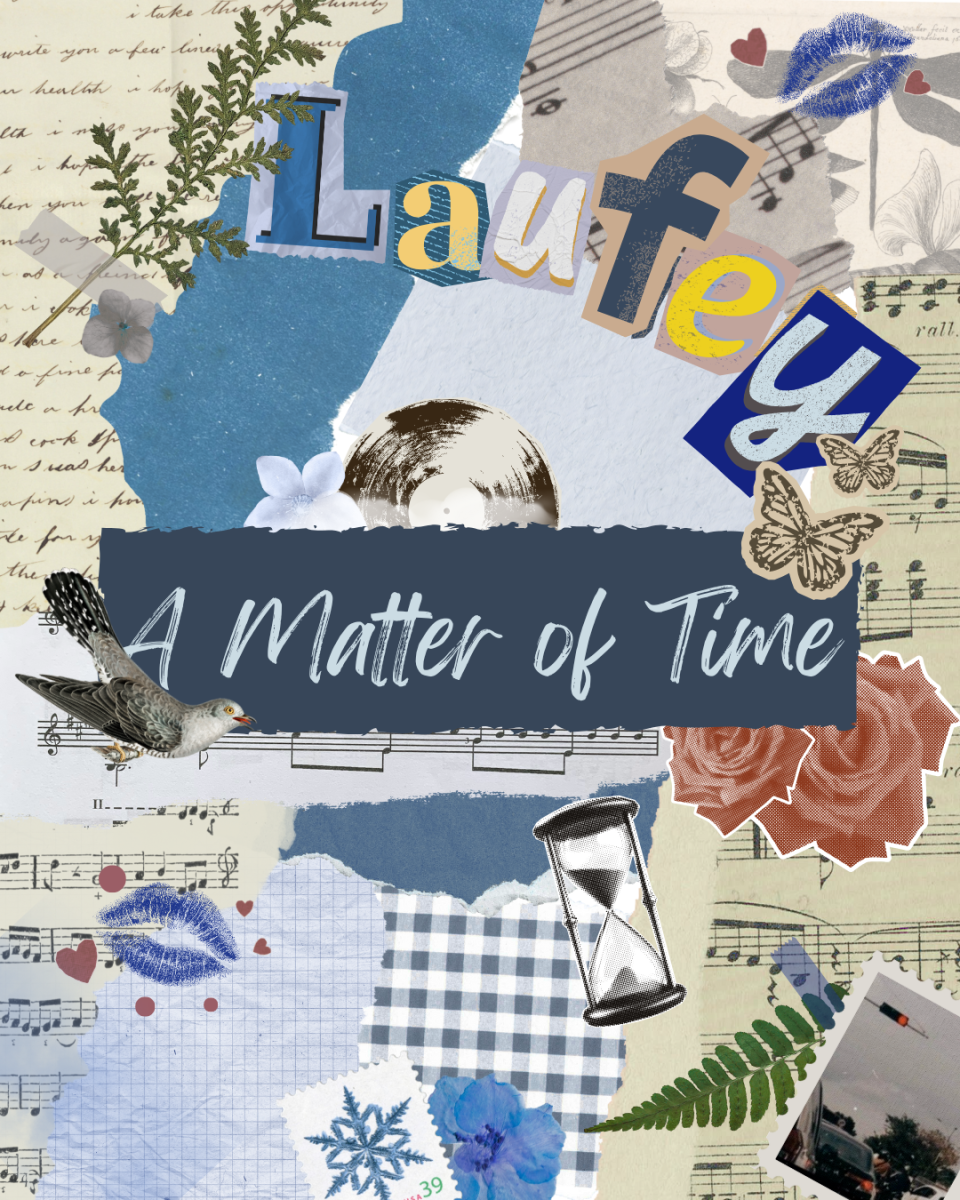
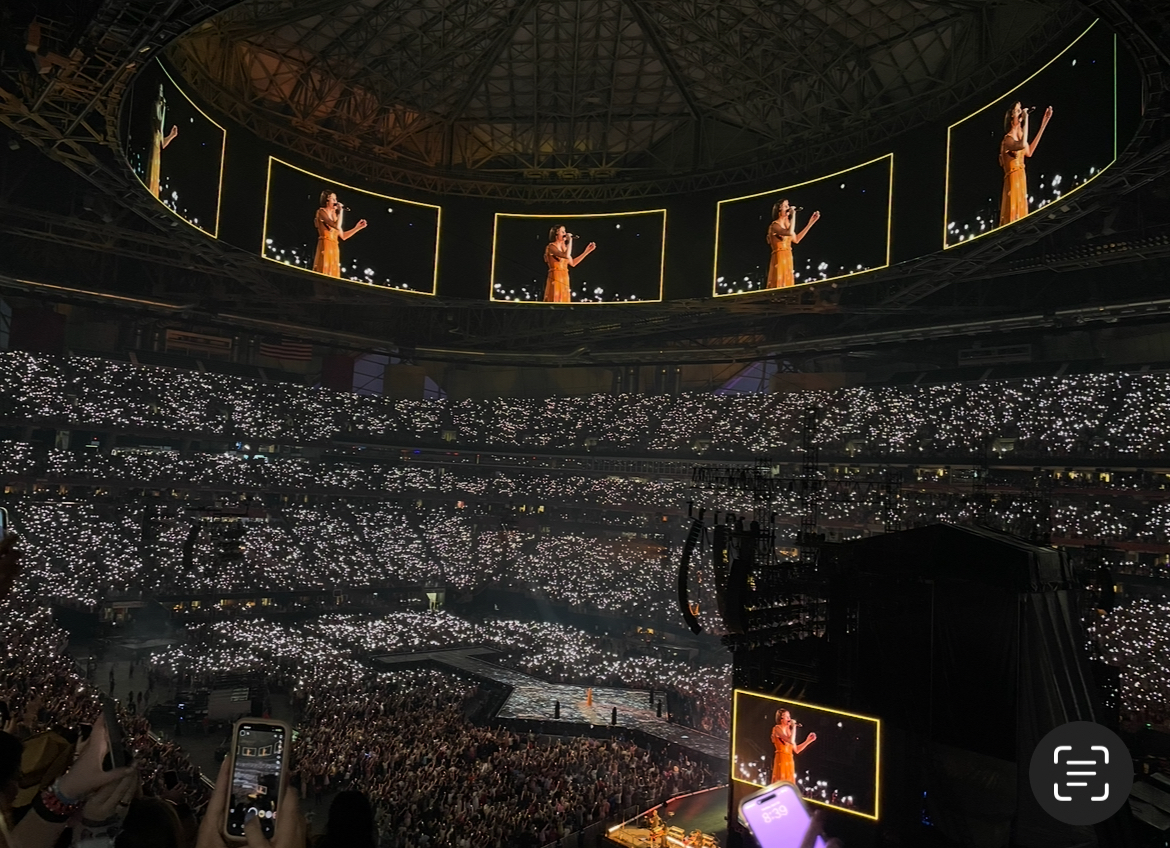
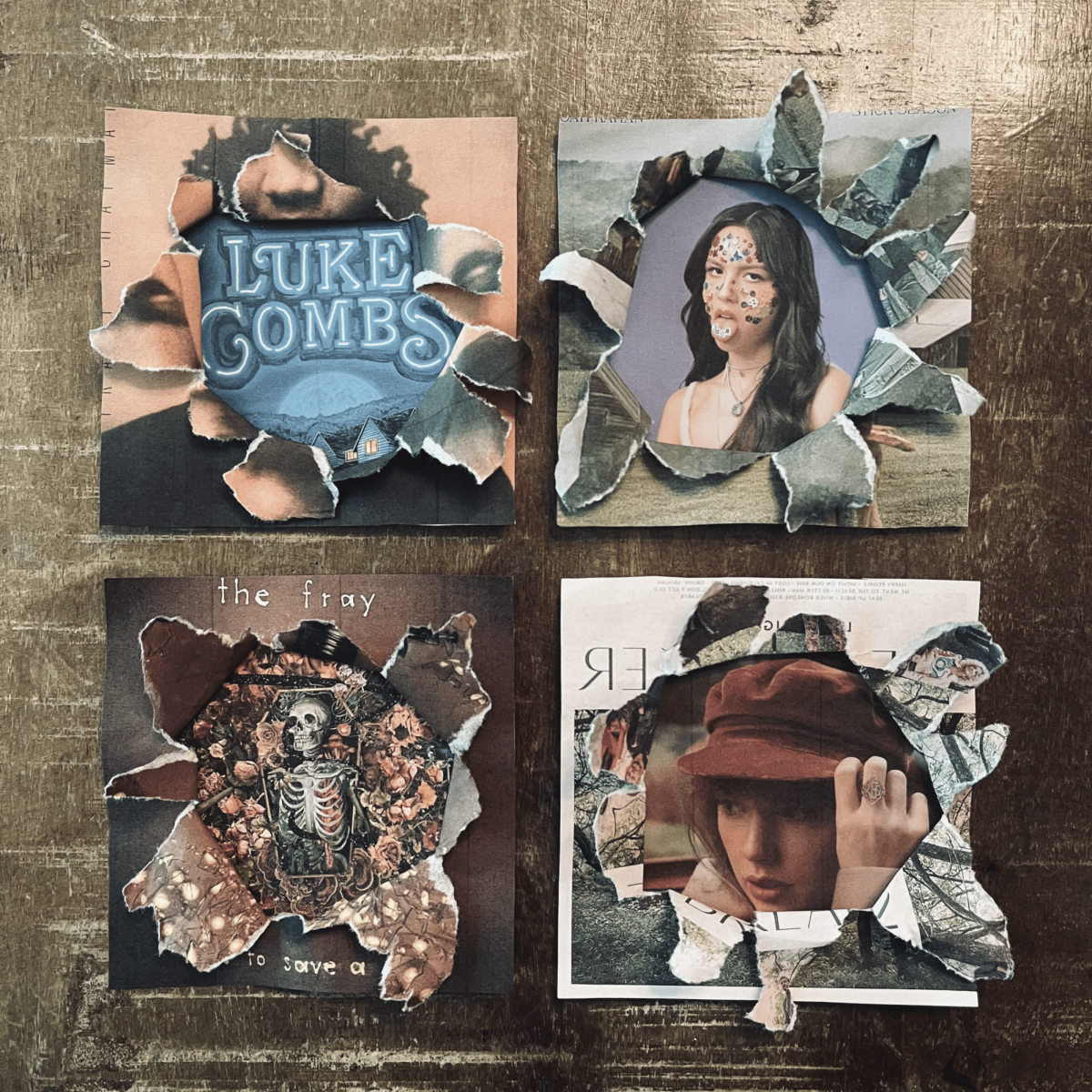
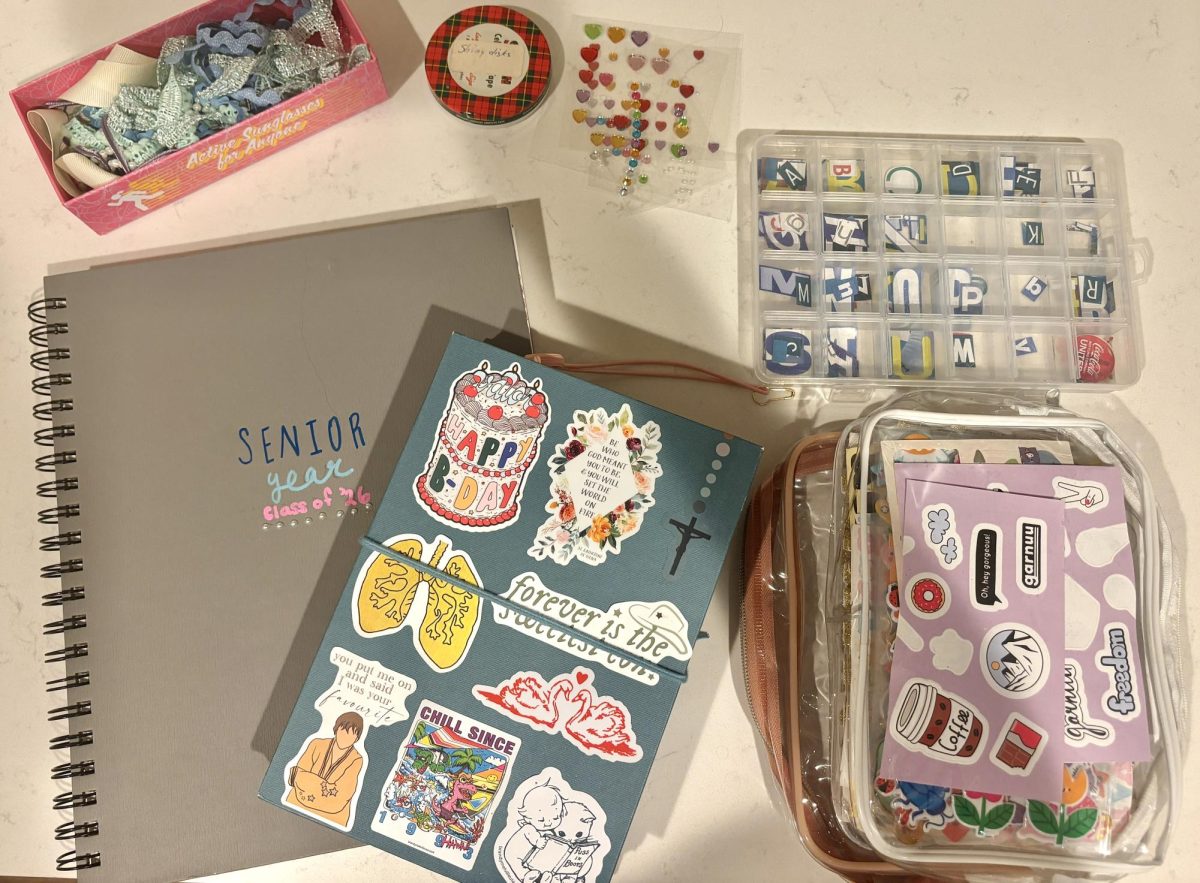
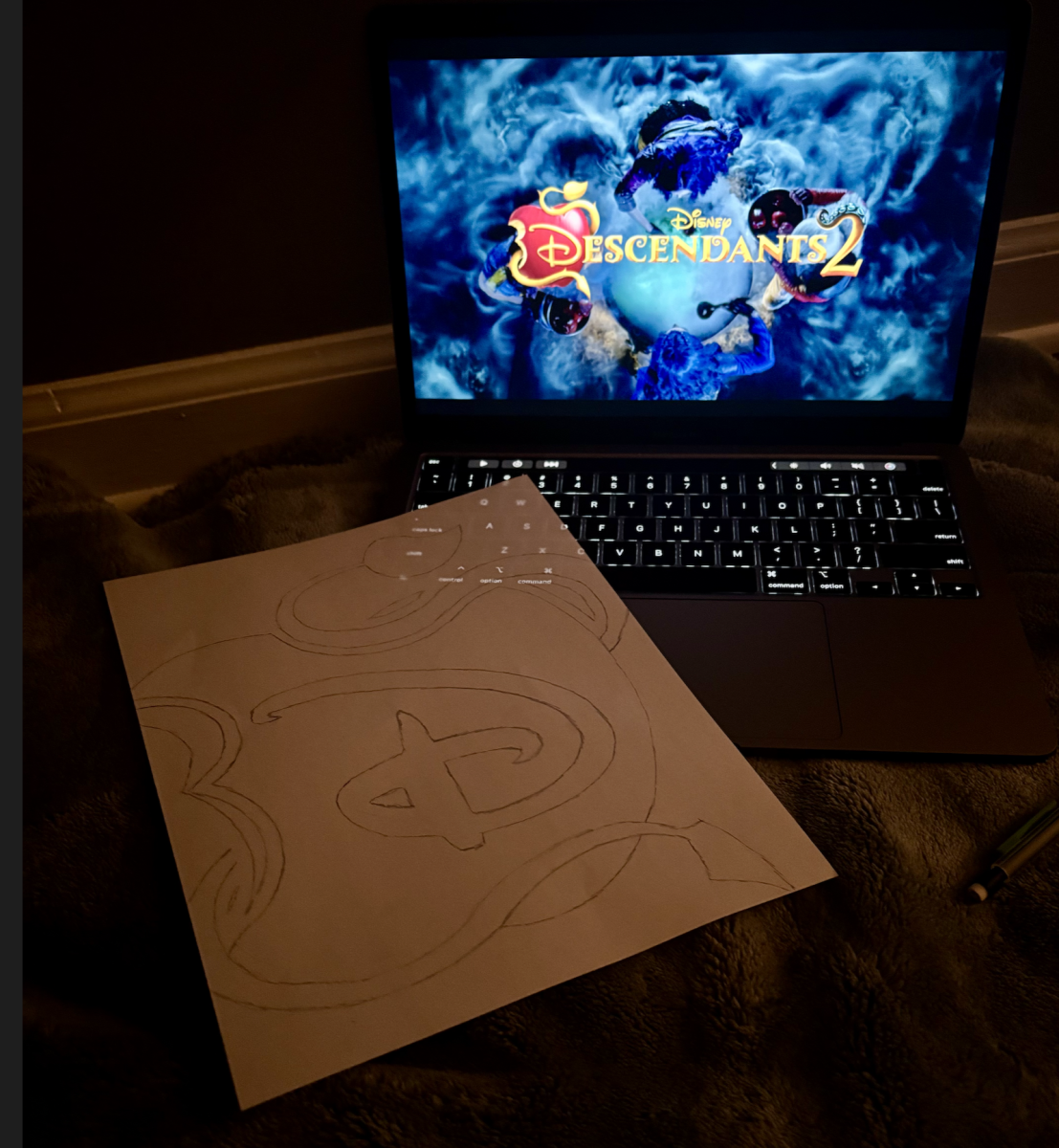
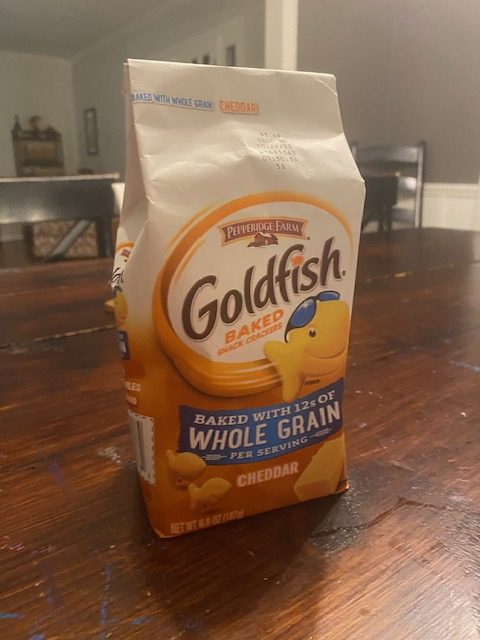
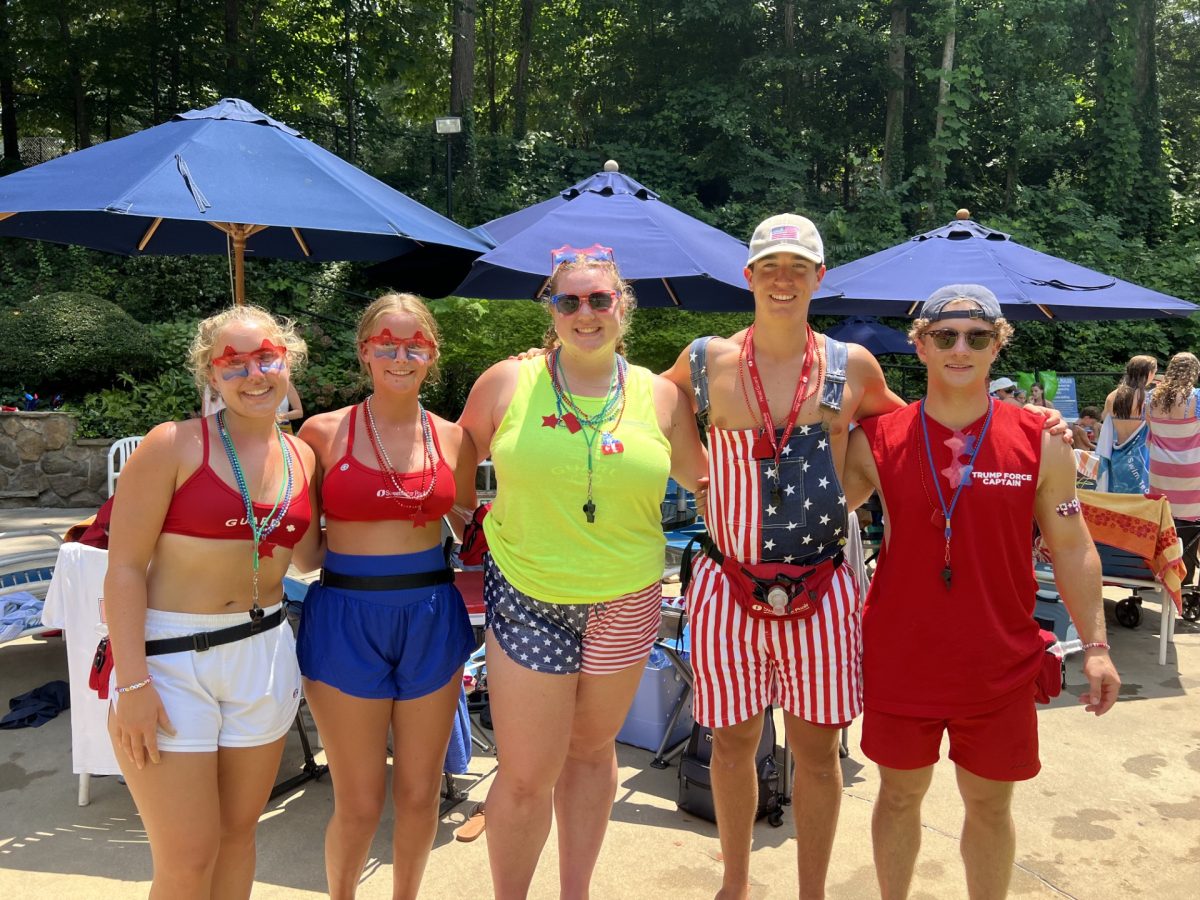
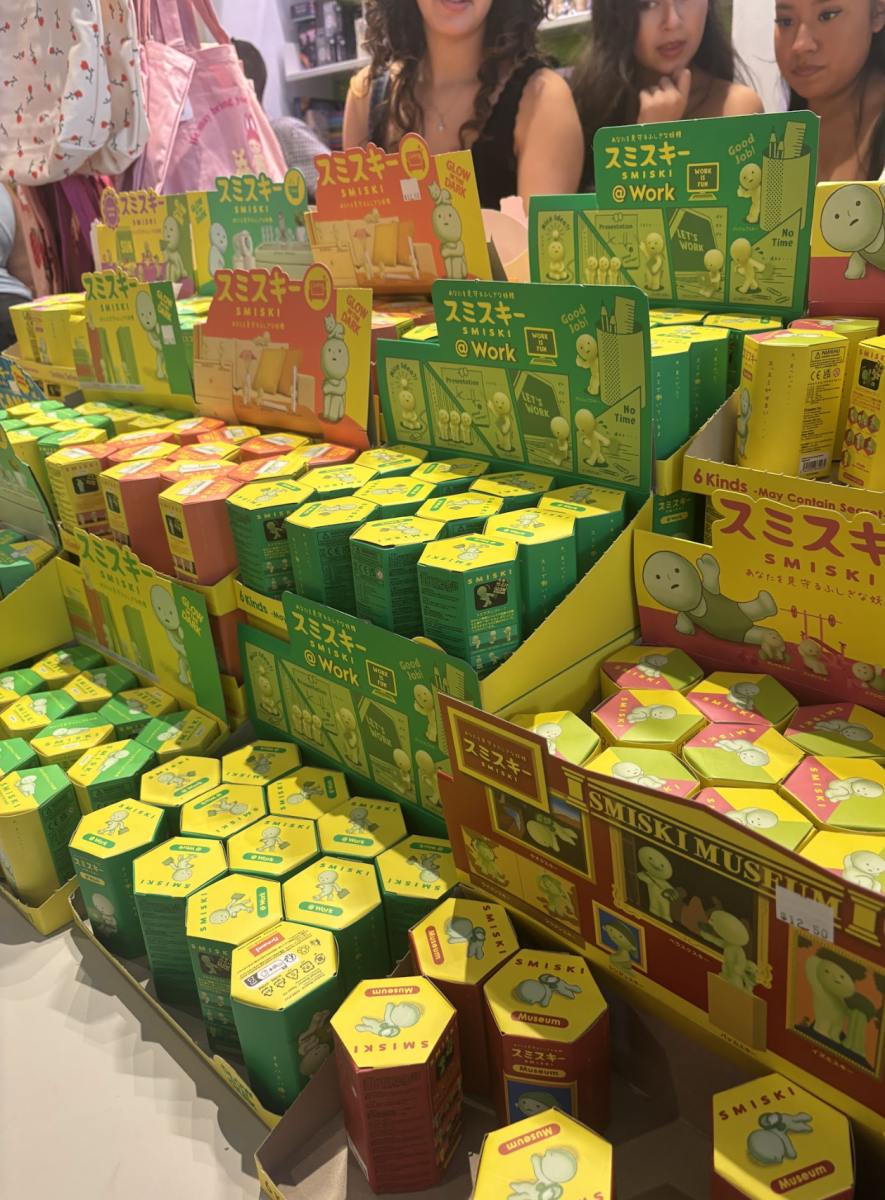
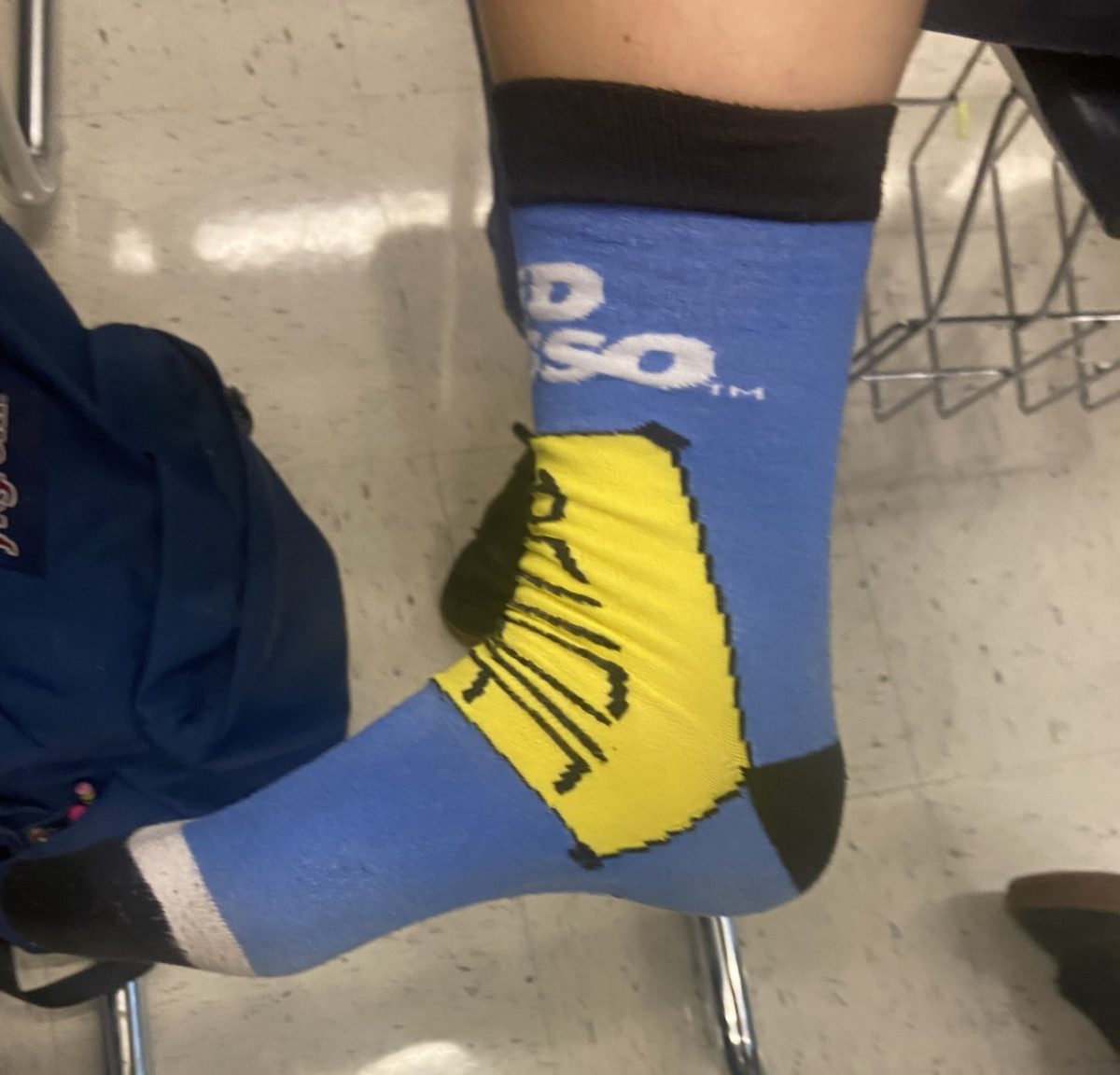
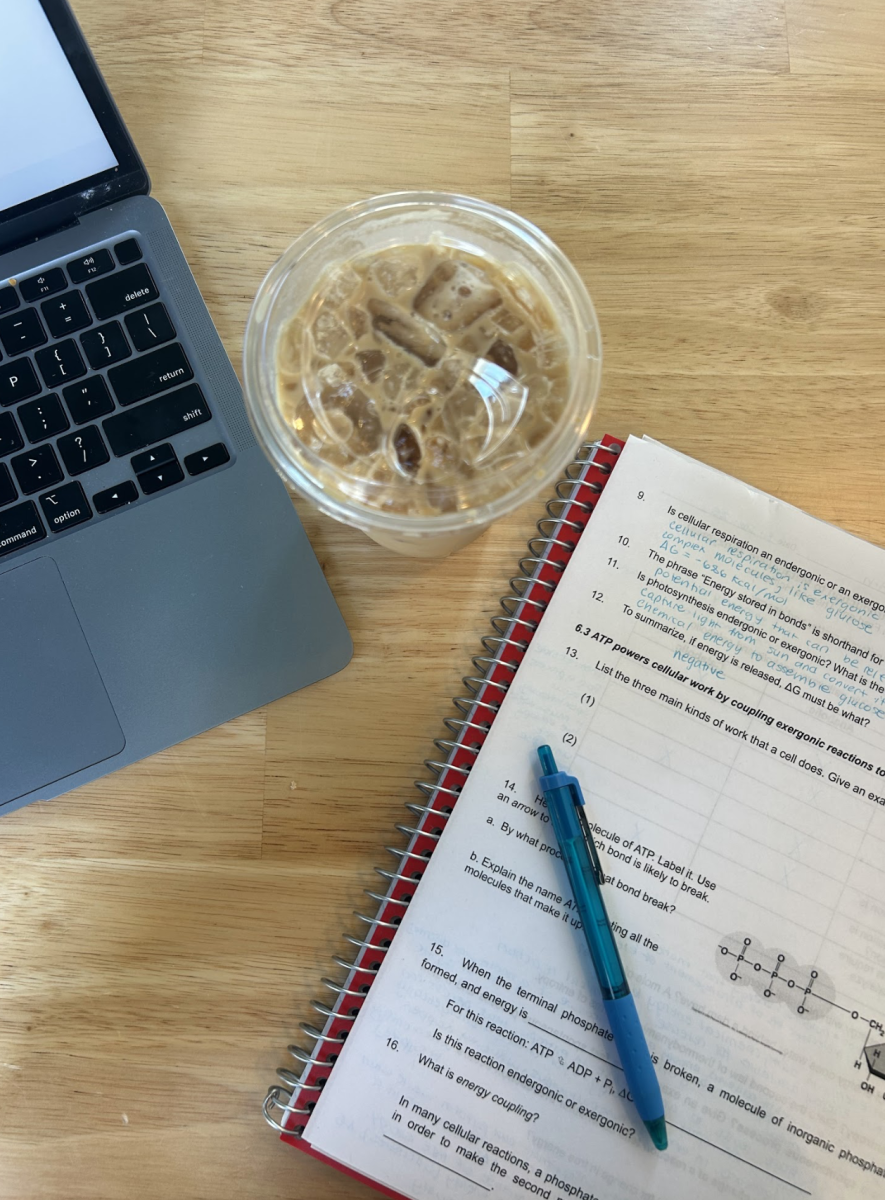


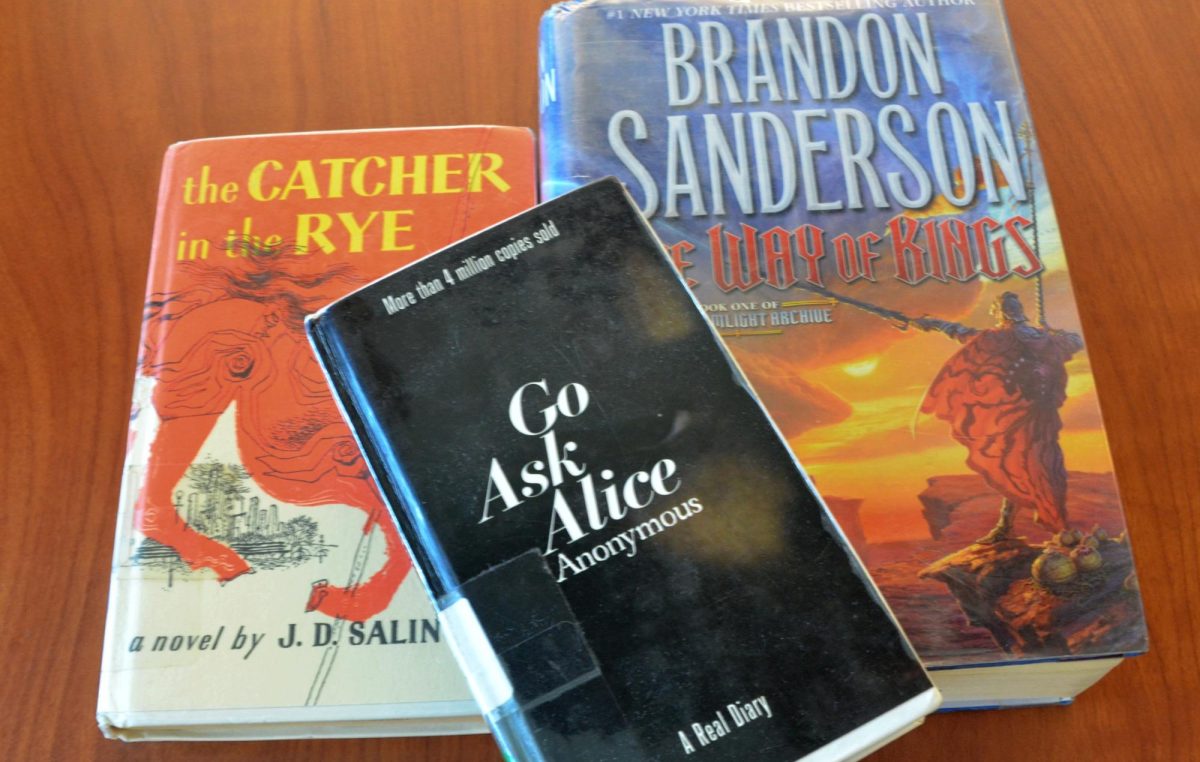

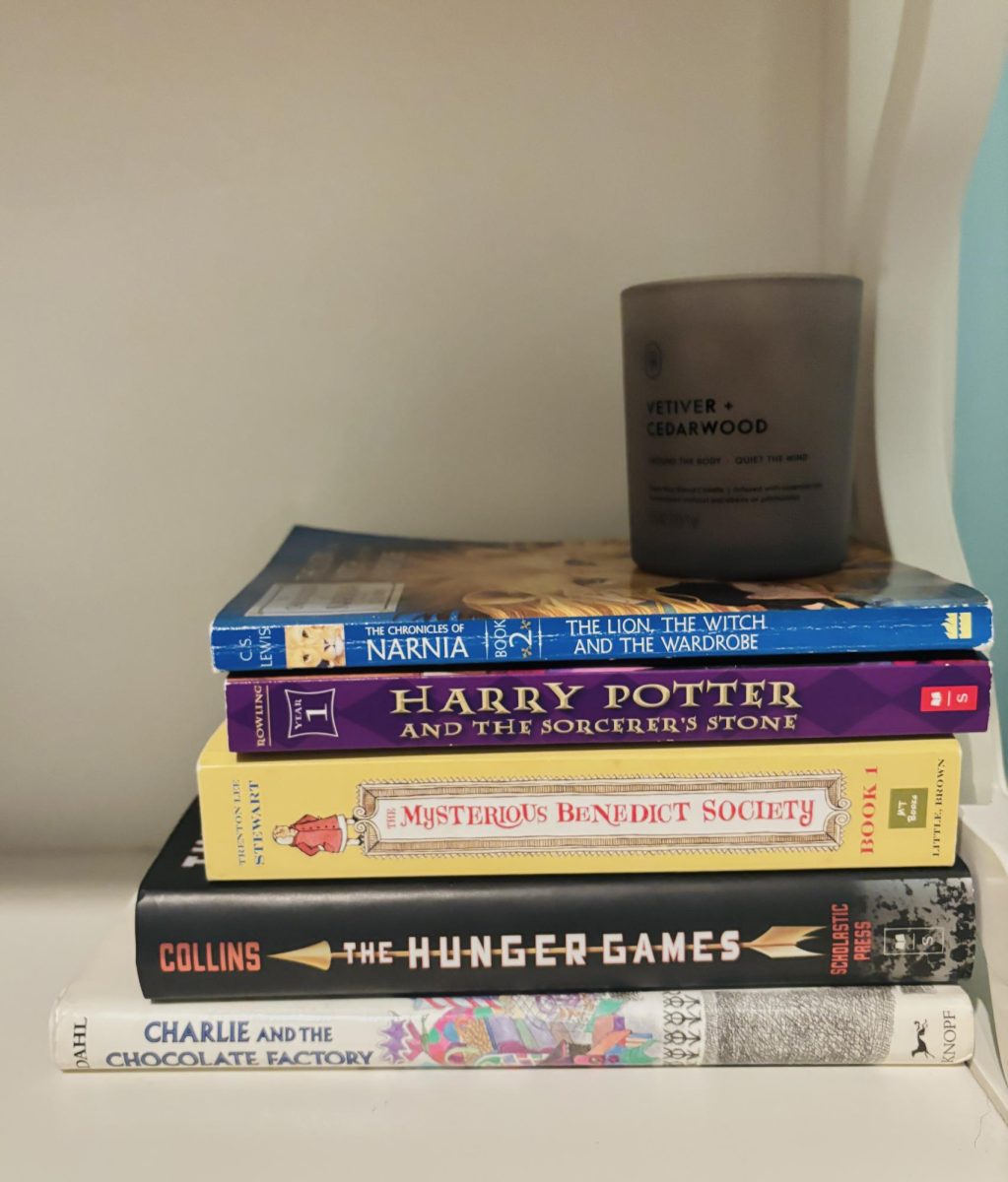
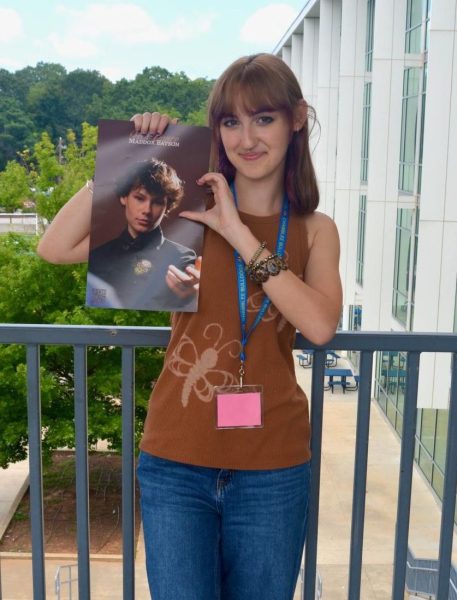
Delphi • Sep 18, 2025 at 9:31 am
I’ll definitely check this artist out after reading this! Your passion really comes through.